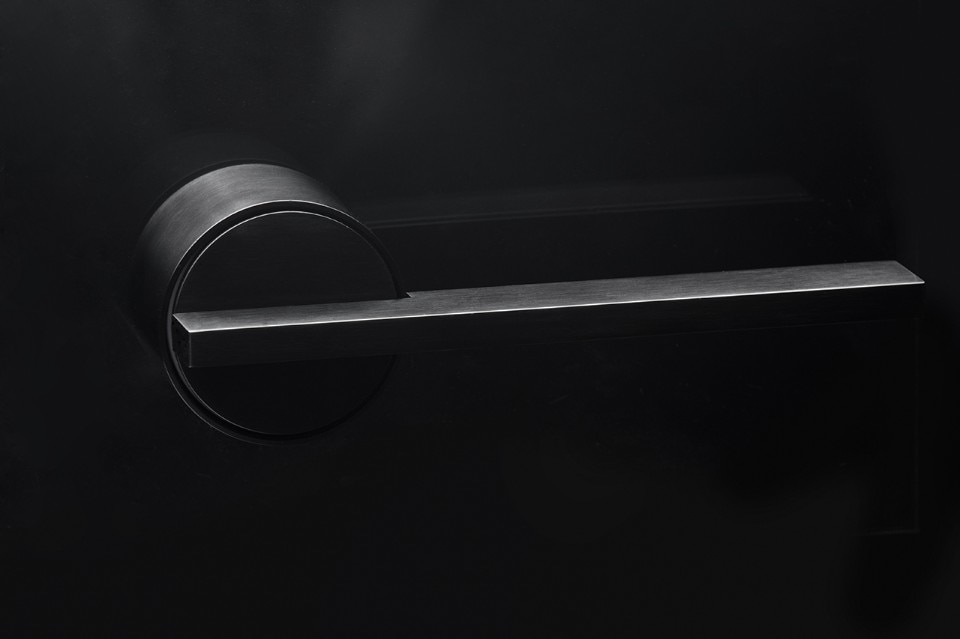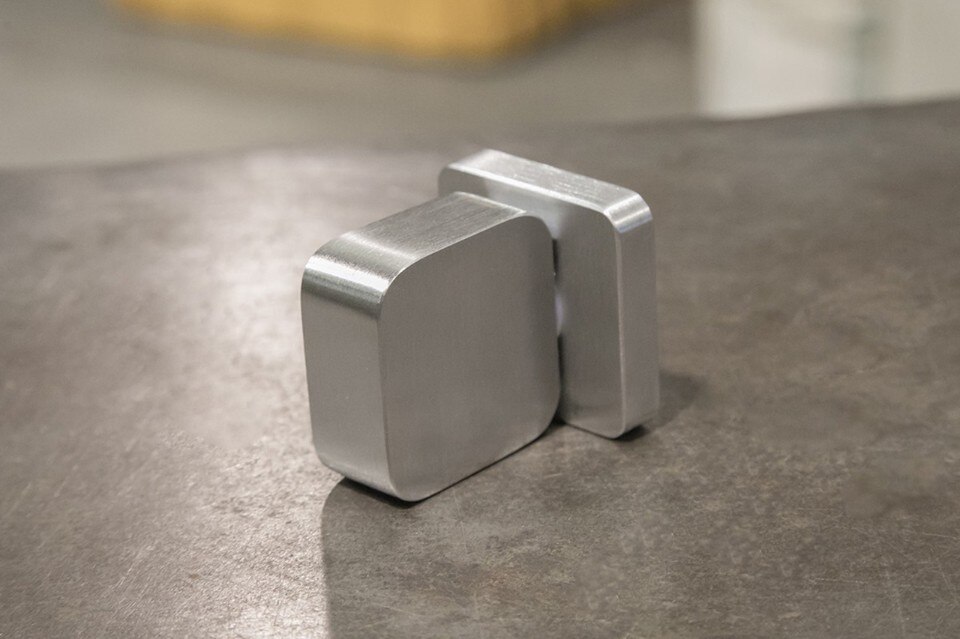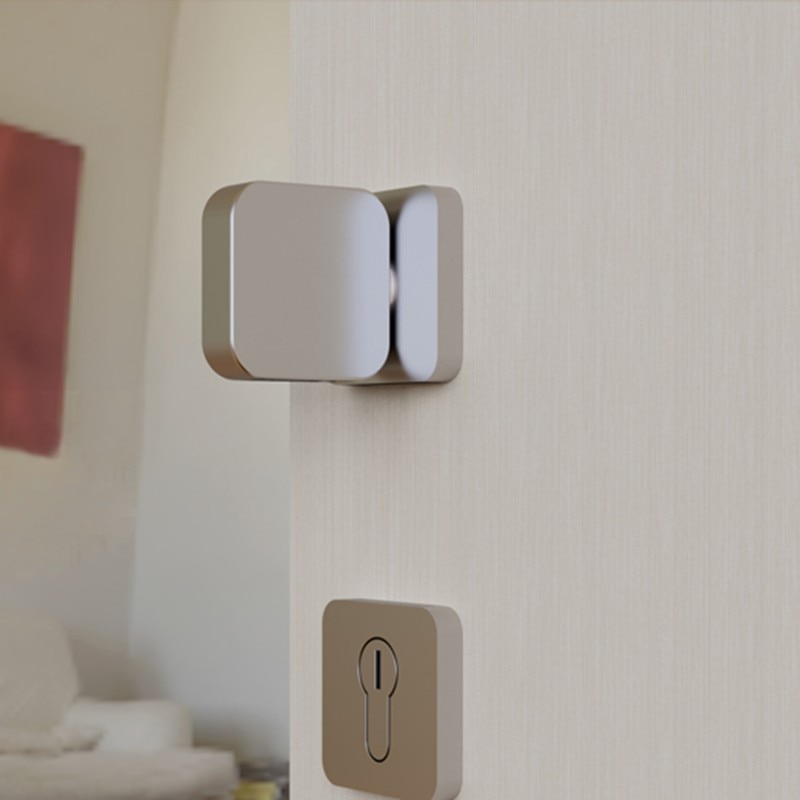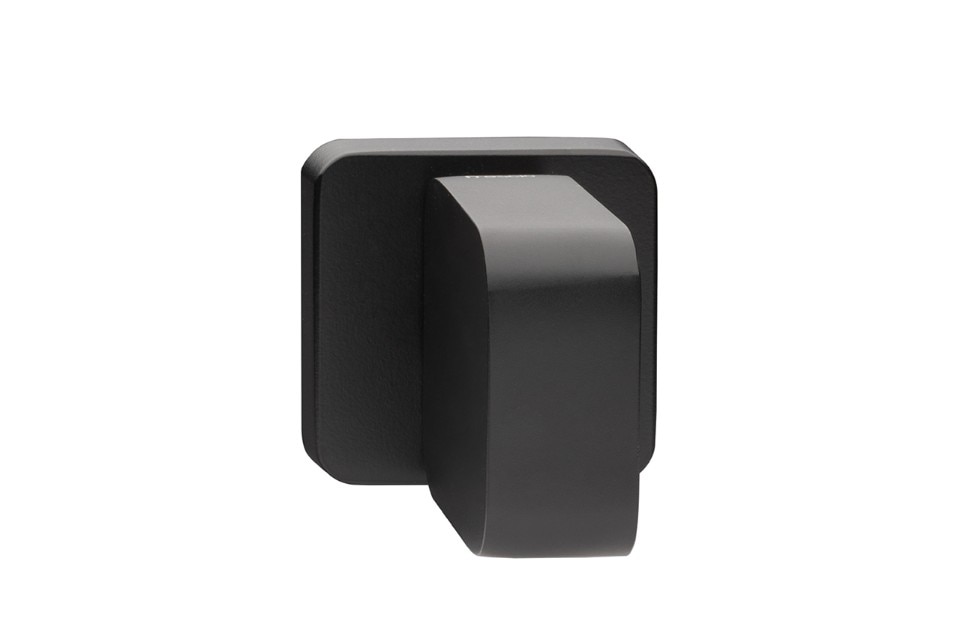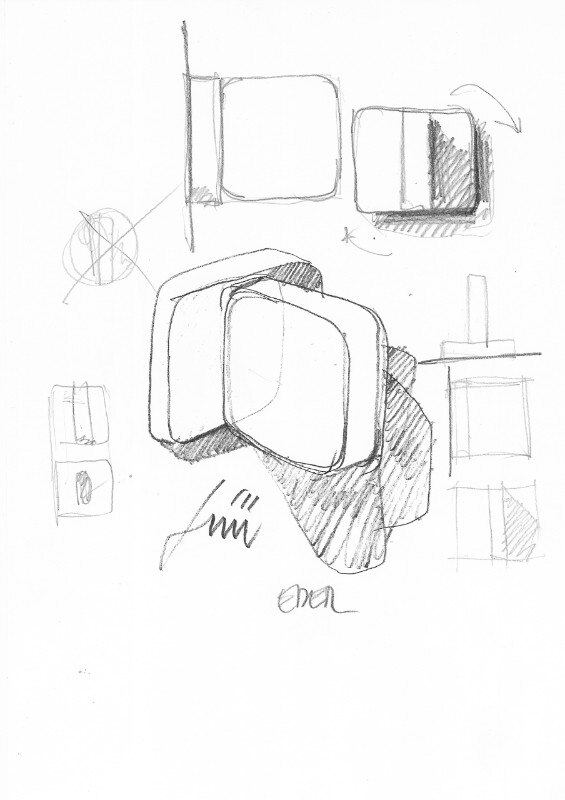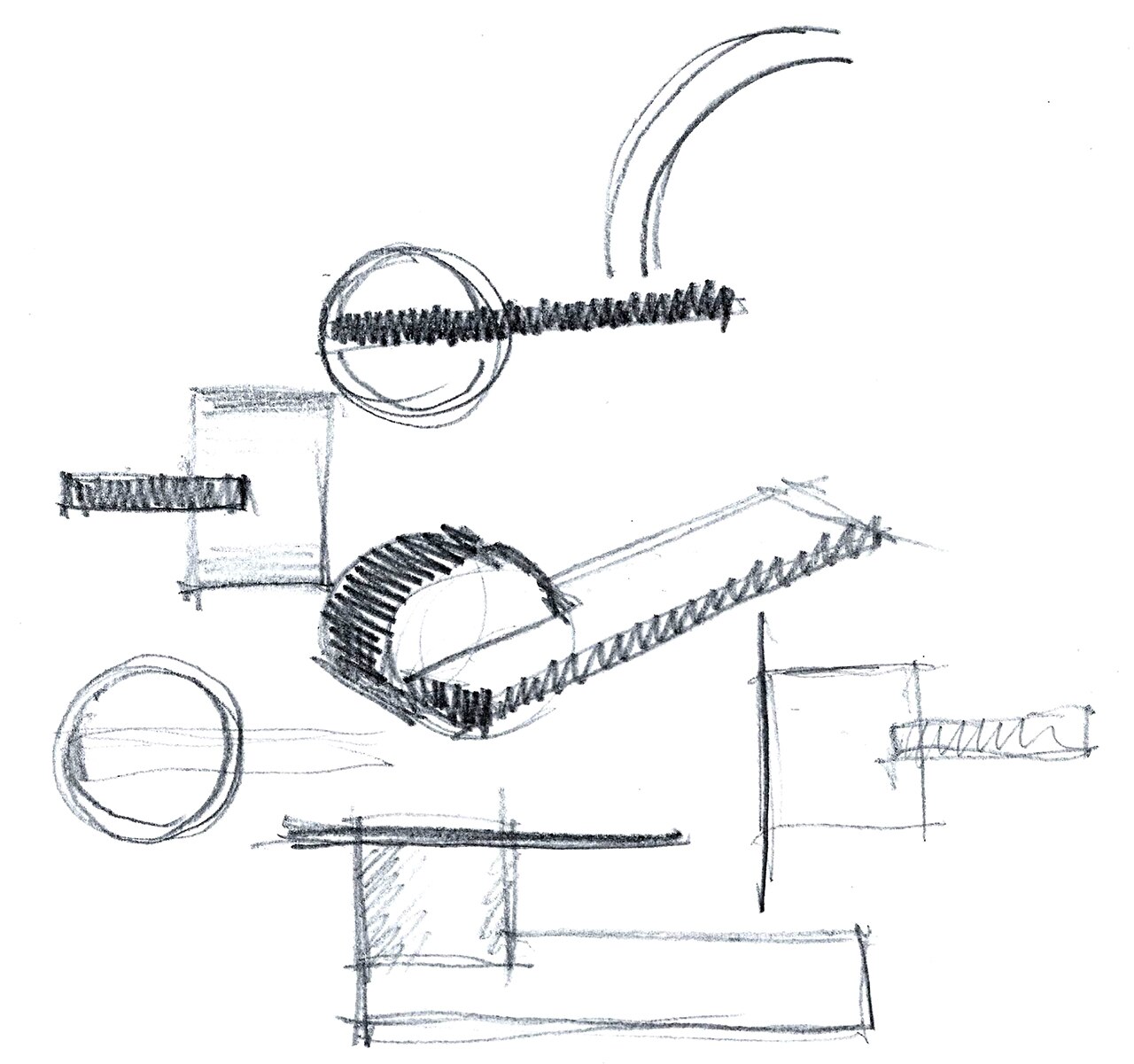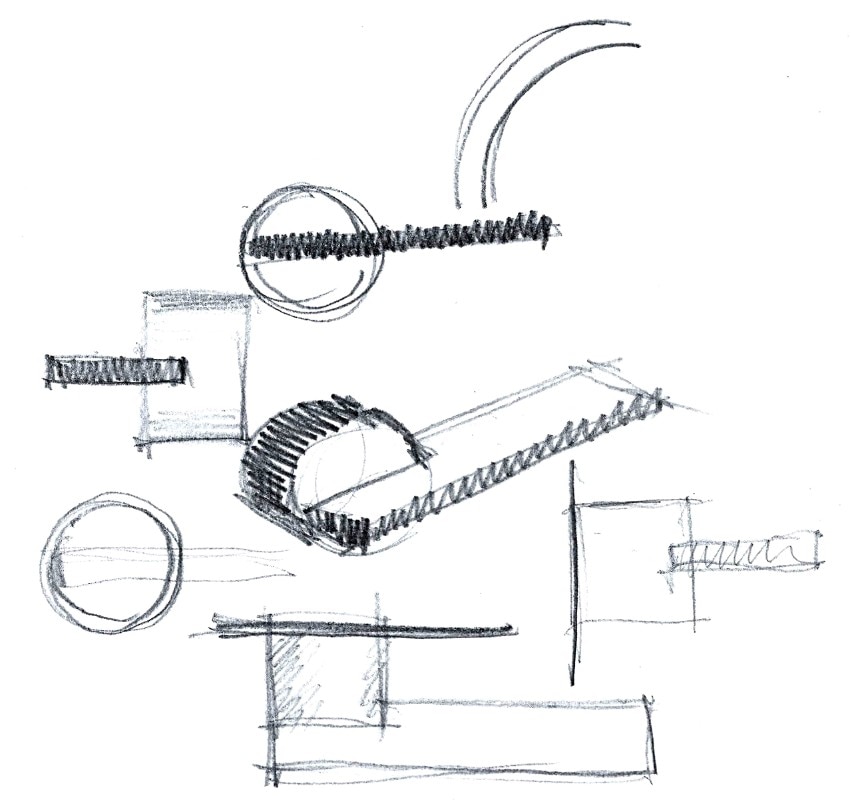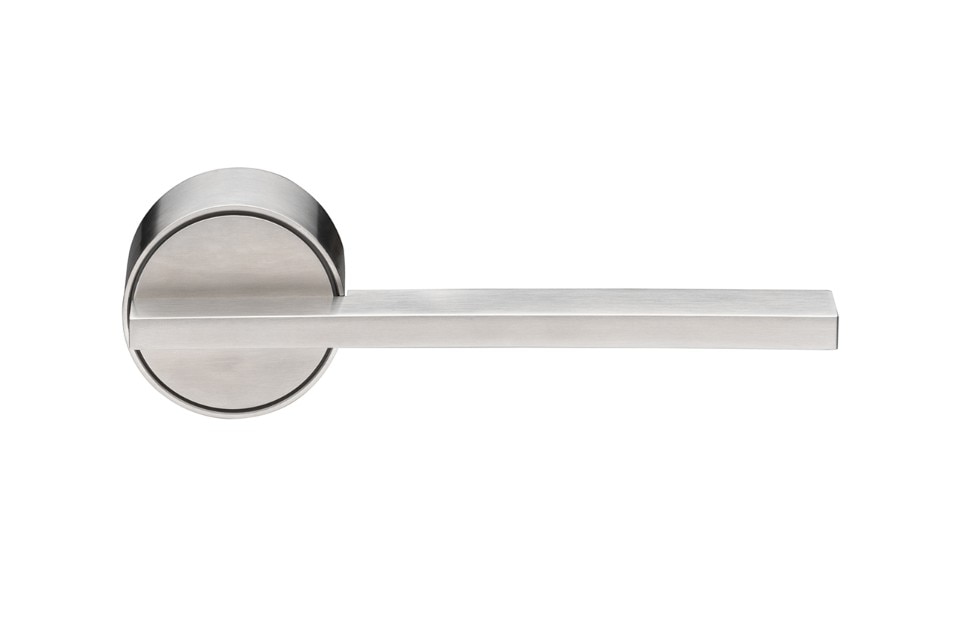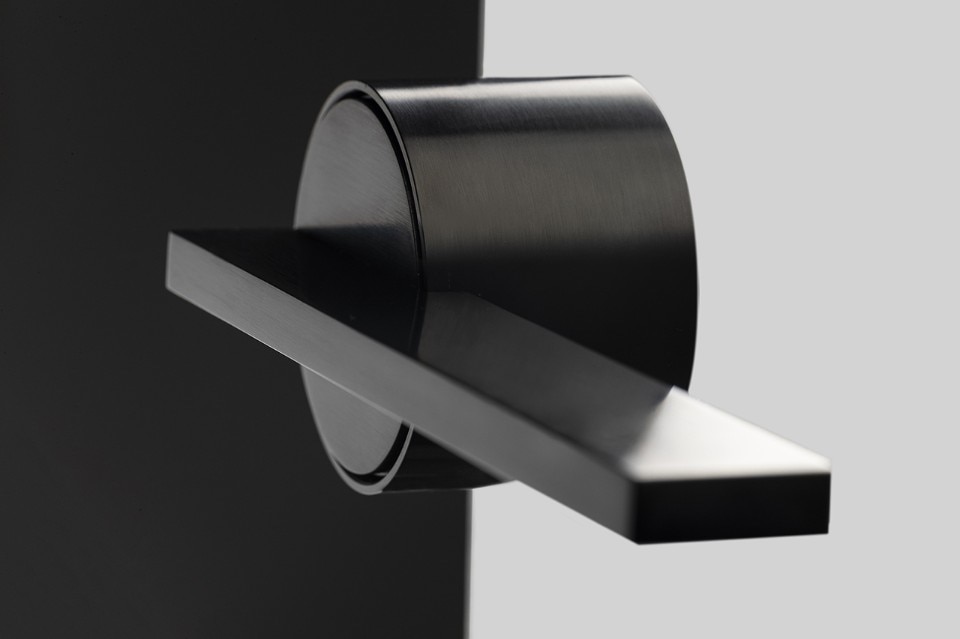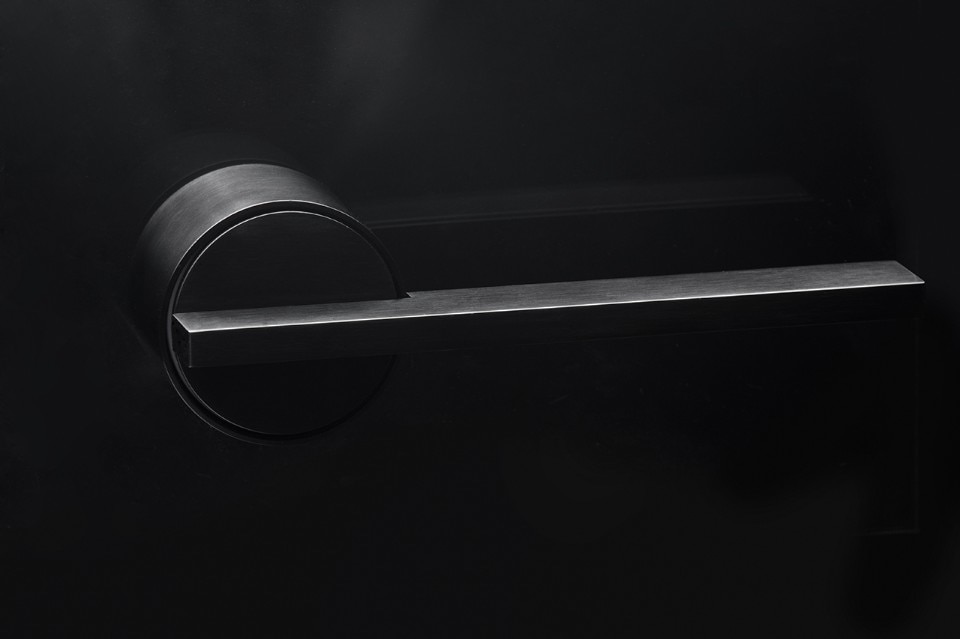Founded after the Second World War as a craft workshop, the company constantly innovates with new processing techniques, ecological materials and new finishes.
“Despite their ubiquity and pivotal role in the haptic experience of architecture, door handles remain oddly under-documented. There are no serious histories and only patchy surveys of design. Yet in the development of the design of the door handle we have, in microcosm, the history of architecture, a survey of making and a measure of the development of design and how it relates to manufacture, technology and the body.” A recent article in the London art magazine Apollo briefly retraces the history of the handle, an architectural element that has been talked about a lot in recent times, becoming a symbol of the promiscuous surfaces on which the Coronavirus can deposit from the hands of an infected person.
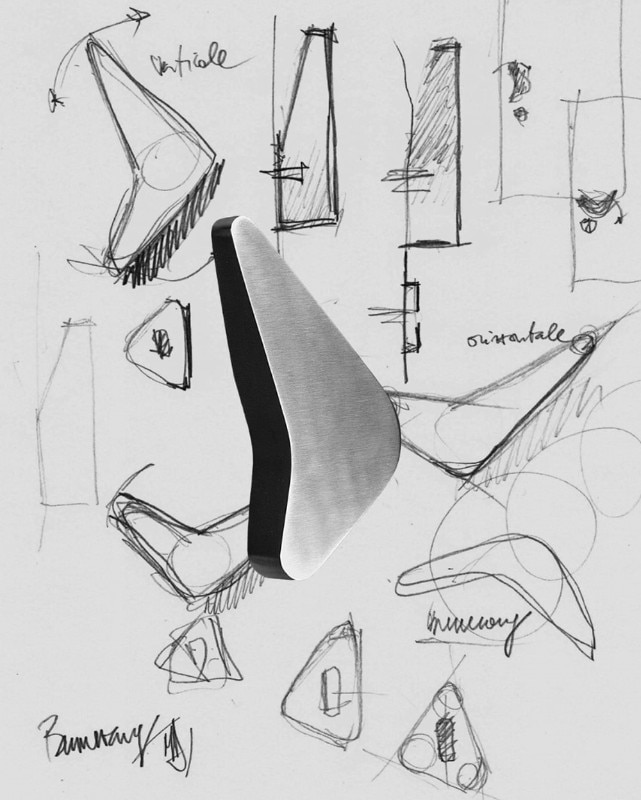
If we were to write a story about the Made in Italy handle, a chapter should certainly be dedicated to the Brescia-based Frascio company that, in response to the health emergency, presented No Bact, a protective treatment with antibacterial action based on silver ions for handles and handles. Frascio pays particular attention to new processing techniques, the use of new ecological materials and new finishes.
The brand's journey began in 1945. Born as a craftsman's workshop, over the years Frascio has constantly followed a path oriented towards development and research in the sector of complements and accessories for doors and windows, until today it has become a reference point for the international market, which currently constitutes a large part of its clientele.
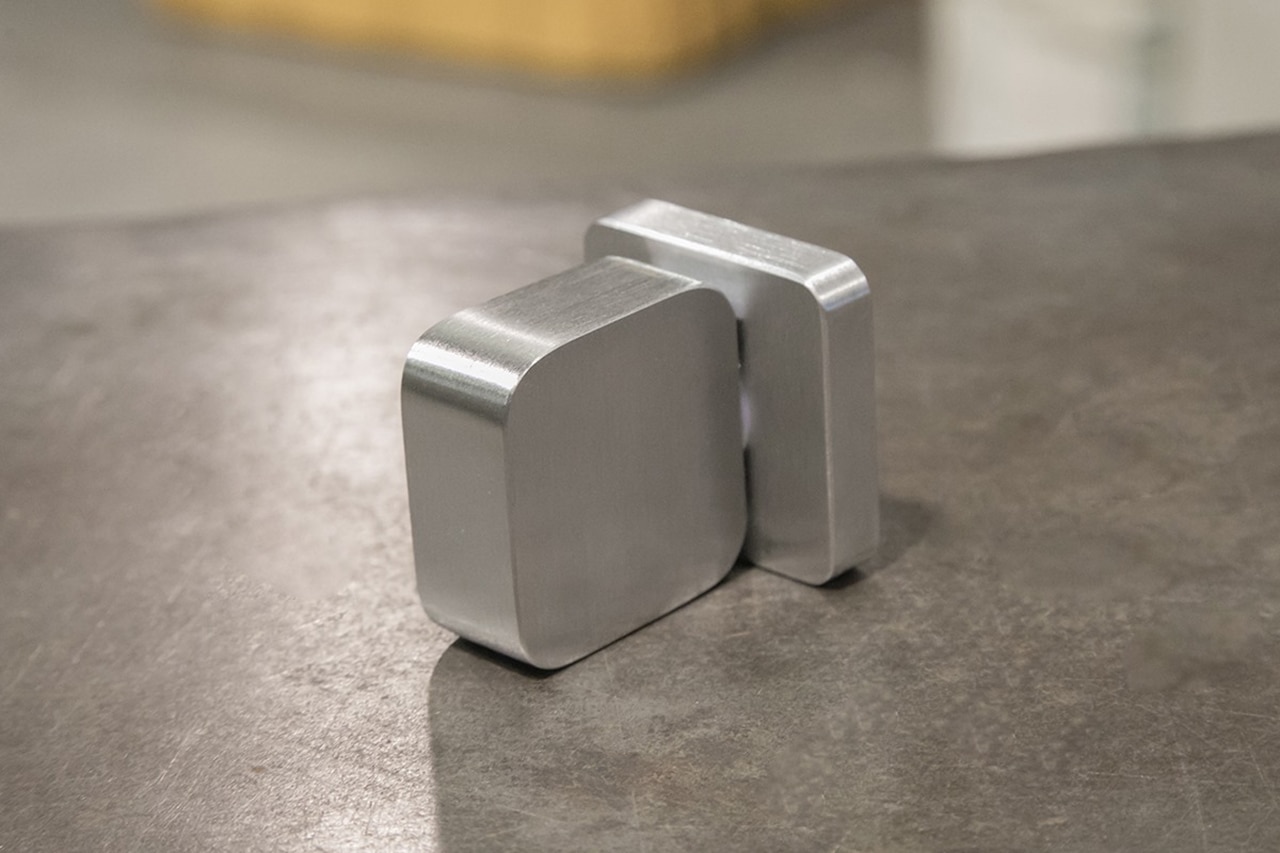
Among the company's recent products is Eder, a handle designed by architect Simone Micheli, characterised by its sinuous shape and the absence of complex elements, which turns it into an iconic, pure object. "When I create a new product I always try to transform the complexity of our present into simplicity, the Eder handle represents this very spirit," says Micheli.
Without frills, it is also the Solaris handle, by Cantarutti & Martinic. It is an essential product, in which the cylinder of the body also includes the fixing rosette, so that all the elements are part of the proactive design.
The Boomerang handle, designed by Maurizio Duranti, revolutionises the concept and image of the handle: the product, in fact, "turns" and can be fixed to the door as you prefer. "The shape is original as it lacks the usual 'L' shape for attachment to the door and the whole body adheres and incorporates the fixing rosette. The opening movement is also different because instead of holding it, as is the custom with all handles, you just pull or push it with the palm of your hand or elbow if your hands are busy and the opening movement is activated," explains the designer of Boomerang.
- Company:
- Frascio
- Website:
- frascio.it


